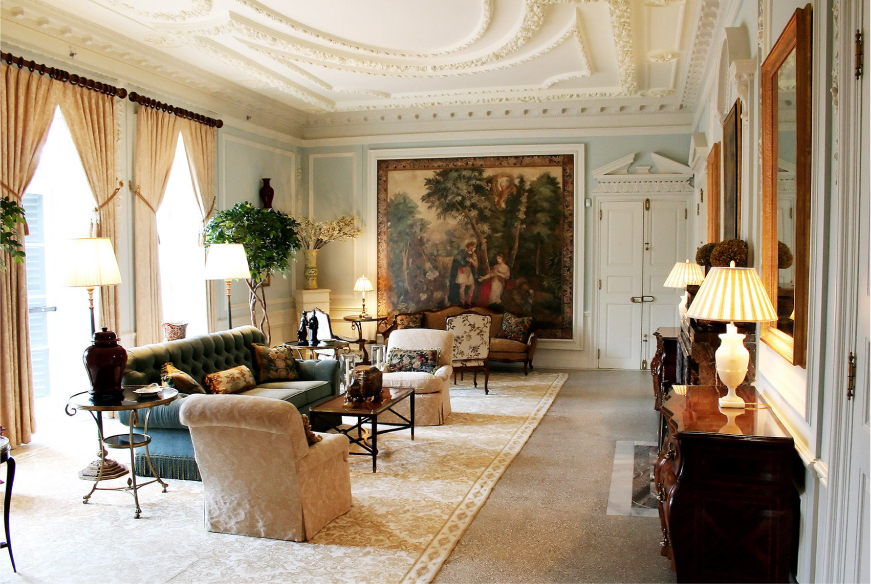ARTIFACT
A campus treasure revealed
A RARE FIRST EDITION OF EDITH WHARTON’S INTERIOR DESIGN MANUAL

Years before she published her first novel, Edith Wharton penned what may be the most influential book on interior design ever written by an American. A screed against the “superficial application of ornament,” The Decoration of Houses (1897) deplores vulgar Victorian frippery and promotes instead a proto-Modernist aesthetic of refined simplicity. In a way, it presages the stripped-down American look that dominated 20th-century style—right up to the sans serif logo and minimalism of Calvin Klein ’63. The Gladys Marcus Library’s Special Collections holds a rare first edition of Wharton’s book among an enormous bounty of extraordinary materials related to the college’s programs.
Born Edith Newbold Jones, Wharton grew up in a family of considerable wealth. (The phrase “keeping up with the Joneses” came to be associated with them, perhaps mistakenly.) Later, their fortune dwindling, her parents rented out the family properties to raise revenue and then took Edith to Europe. Visiting the luxurious “great houses,” she discovered the virtues of architectural proportion and refined her inherent aesthetic sensibility. She once wrote that as a child, “I was always vaguely frightened of ugliness.” Wharton’s house, which she built in Lenox, Massachusetts, in 1902, reflected her design principles. (Called The Mount, it’s now a cultural center that hosts literary events.) A collaboration with architect Ogden Codman, who co-authored The Decoration of Houses, the house references classical French and Italian style. No detail was left unconsidered.

Though her career began in the Gilded Age, it would be a mistake to think of Wharton as its proponent. Poverty has tragic consequences for Lily Bart in The House of Mirth (1905). The Custom of the Country (1913) satirizes New York high society and its avatar, American striver Undine Spragg. Wharton realized a gentler version of the theme with The Age of Innocence (1920), for which she became the first woman to win the Pulitzer Prize for literature. Meticulously rendered settings and furnishings often feature in her fiction. The editor Maureen Howard says, “Wharton conceived of houses, dwelling places, in extended imagery of shelter and dispossession. Houses—their confinement and their theatrical possibilities … are never mere settings.” —Alex Joseph
